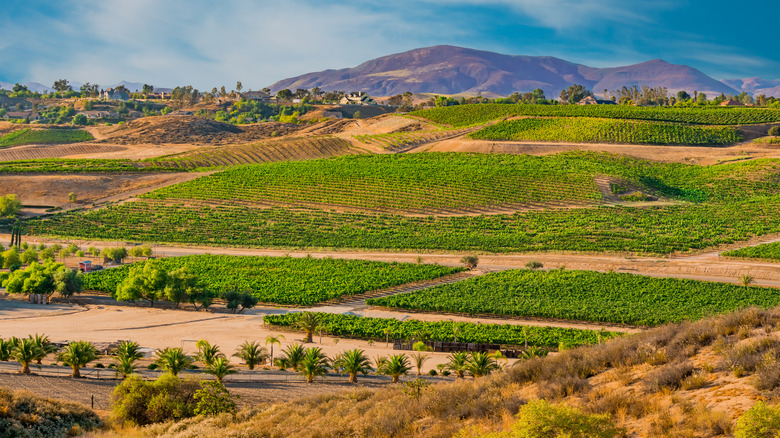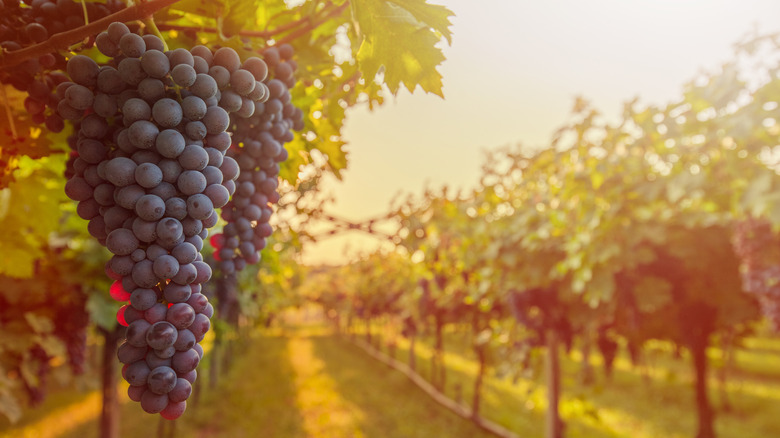New Report Predicts Dark Future For California Vineyards
We may have already passed peak California wine – at least that is the conclusion reached by the 2022 State of the U.S. Wine Industry report. The prediction is that "more vineyards will need to be removed in California to reach sustainable farming levels in several regions."
The main reason given for this needed reduction is that even though wine production has dropped over recent years, the price of wine has remained the same. What this means is that winemakers do not see room for further growth in consumption. "The fact that there has been no price movement in grapes after two short crops can only mean that wineries think they have enough already and they see no need to buy more for now," Rob McMillan, EVP and founder of the report's author Silicon Valley Bank Wine Division, explained. So, the industry is threatened with the possibility that it will be making more wine than drinkers can imbibe.
As Food & Wine notes, however, this is not the first time that a crisis of oversupply was predicted — the Californian wine industry was supposed to face this issue in 2020. However, a pandemic occurred and many turned to wine to soothe the pain of watching paint dry. The factors leading into this long-term decline in wine's fortunes are, according to the report, climate change and the fact that not enough people are growing up to be wine drinkers.
Crises in the wine industry
While the report on the state of wine in California no doubt informed a few people about the situation, the area's vintners have long known that they are in a crunch.
The lower grape yields have been caused by changes in the climate. Back in 2018, John Lockwood of Enfield Wine Co. was already telling the University of California Hastings environmental law journal that if the temperatures follow the projected rise, vineyards will no longer be able to grow quality Pinot Noir, which is a major product in California.
The problems have persisted into this year, as Wine Enthusiast reports. U.C. Davis is being pressured into updating the Winkler Index, which is a wine region classification that tells growers which wines work better where. "With better knowledge of changes in the compositional elements in the grapes in the vineyard, we'll have better guidance on how to respond in the winery and create the wines we want to make," Warren Winiarski, a Napa Valley winemaker, states.
The issue of climate change has compounded with rising water and labor costs in the state. So, AgNet West Radio Network concludes, the cost of production will continue to climb above the stagnant profits wine makes. The future may very well be in reduced competition if Californian wines want to stay sustainable, both environmentally and financially.

